Chinese consumers’ new buying habits are changing the way wine shops display bottles, according to retailers.
It was only several years ago that wine was considered a luxury product in China. Prices were usually high, ranging from two to three-hundred RMB (20-30GBP) per bottle to more than one thousand RMB (100 GBP).
To suit that high-end image, wine retail shops in China usually came with luxurious décor.
That is no longer the case, several wine shop owners told DecanterChina.com. They said that displays are changing to cater for younger consumers and their increased demands for affordable wines.
Shanghai: From horizontal to vertical display
‘The product turnover rate was low in my shop previously,’ said Mr. Guoming Ma, the founder of Jiulaoban (‘Wine Boss’), wine retail chain stores in Shanghai.‘So we used to arrange the wine bottles horizontally or store them on their sides, so that the wine keeps the cork thoroughly damp.’
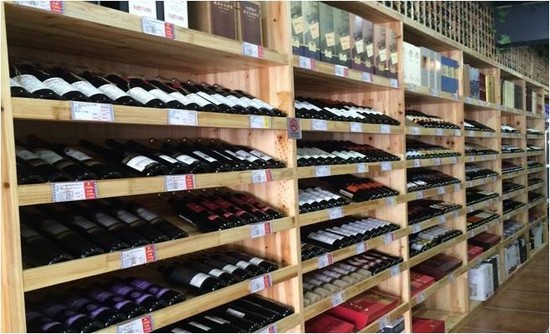
With more rapid sales, Ma learnt that most of the wine retailers in Europe and America display non-premium wine bottles in the upright position. This way the wine bottles look nicer and consumers can read the information on the labels directly.
‘Now wine has become a mass consumption product in China, I decided to display the wine bottles in a vertical position,’ Ma said. ‘By doing this we don’t need to replenish the stock after selling each bottle, which saves manpower.’
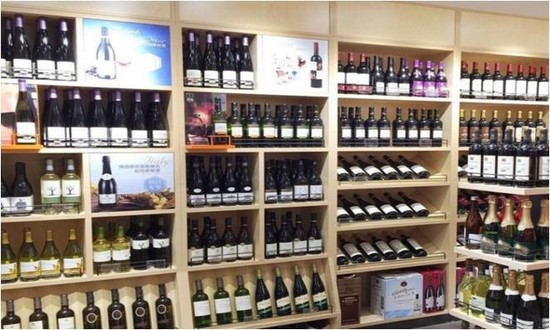
Hangzhou: Spotlight on wines under 100 RMB
‘We want consumers to see wines priced under 100 RMB at the moment they walk into the shop,’ said Xiangyun Shen, founder of Taozui wine retail shop in Hangzhou. ‘We don’t want to scare the customers away with the expensive bottles.’
In order to attract more young consumers, Shen has also re-furnished the shop door with small and exquisite decorations, as well as some imported beers.
‘I separated the shop into several zones, one with the wine ranges from 100-200RMB, the other one is filled with wines priced from 200 RMB to 300 RMB. And the third zone is arrayed with wines between 300 RMB and 500 RMB. For the most expensive bottles, we arrange a separate display.’
When designing a shop display, the owner needs to keep the product in mind and which wines consumers would be most likely to buy, said Shen.
‘My target audience is those born in the 80s and 90s. Therefore, the store decoration, the merchandising displays and the store atmosphere are all catered for their needs and priorities,’ Shen added.
‘At the end of the day, the store display is only a visual advertisement; the product itself is the core that attracts sales. If we only have beautiful decoration and display fancy bottles without offering proper products, customers may just enter the shop, walk around, take photos and leave without buying anything.’
News content provided by WBO / Yang Zhengjian
WBO (Wine Business Observation) is one of the leading wine media in China, with currently over 145,000 active users following its WeChat channel. Its key readers include Chinese wine merchants, importers, distributors and retailers.
(Editing by Sylvia Wu, Chris Mercer)
Translated by Miya Gu
All rights reserved by Future plc. No part of this publication may be reproduced, distributed or transmitted in any form or by any means without the prior written permission of Decanter.
Only Official Media Partners (see About us) of DecanterChina.com may republish part of the content from the site without prior permission under strict Terms & Conditions. Contact china@decanter.com to learn about how to become an Official Media Partner of DecanterChina.com.

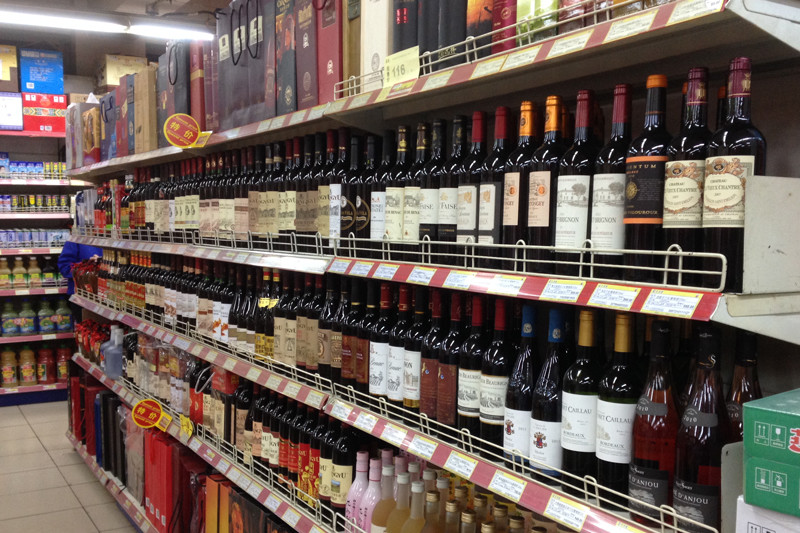
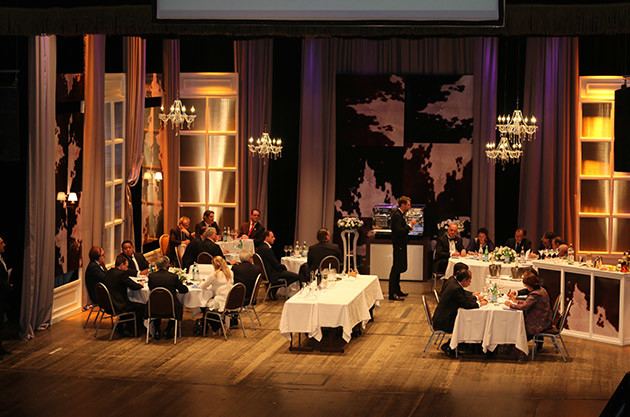


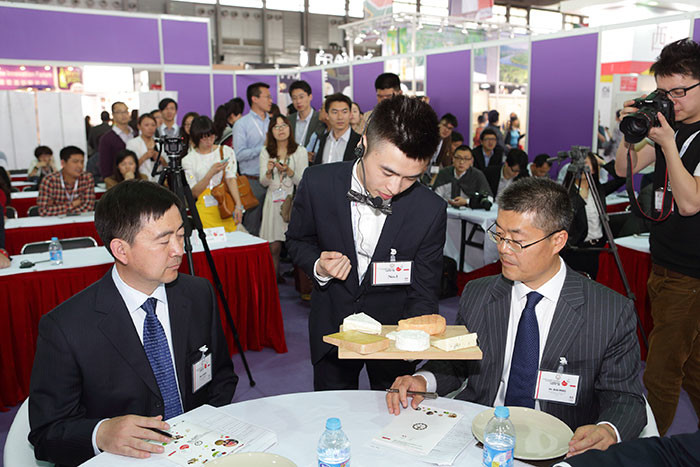
Comments
Submit